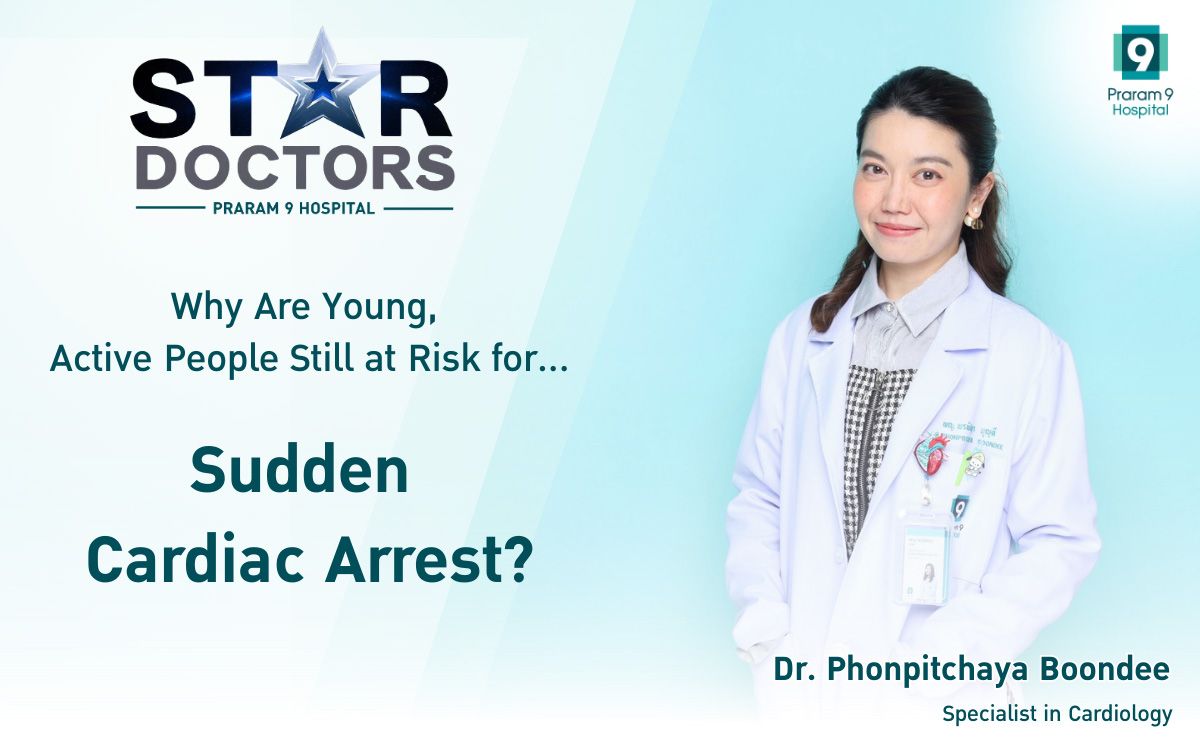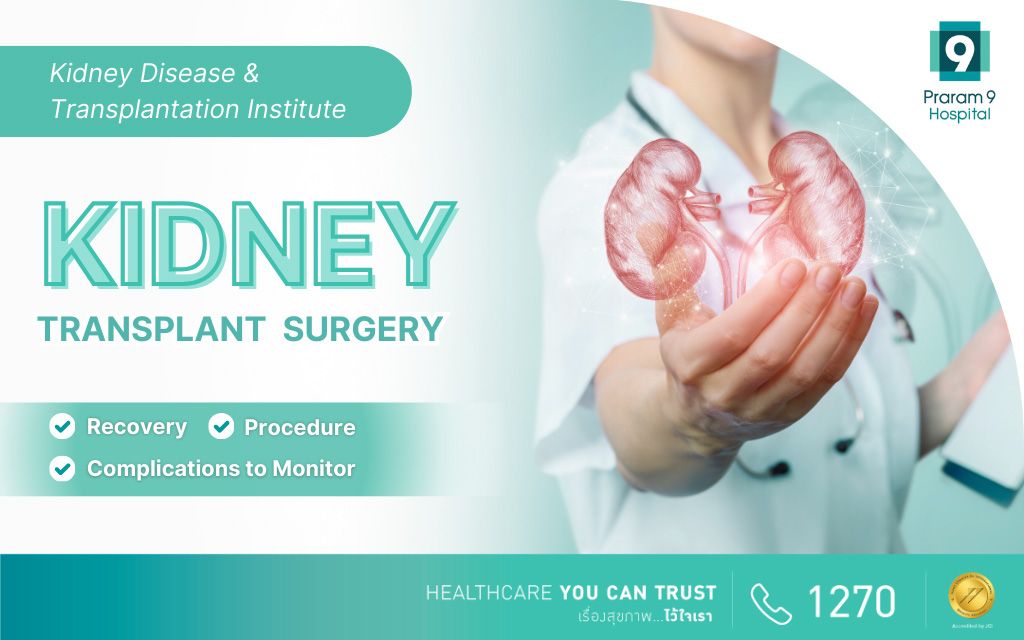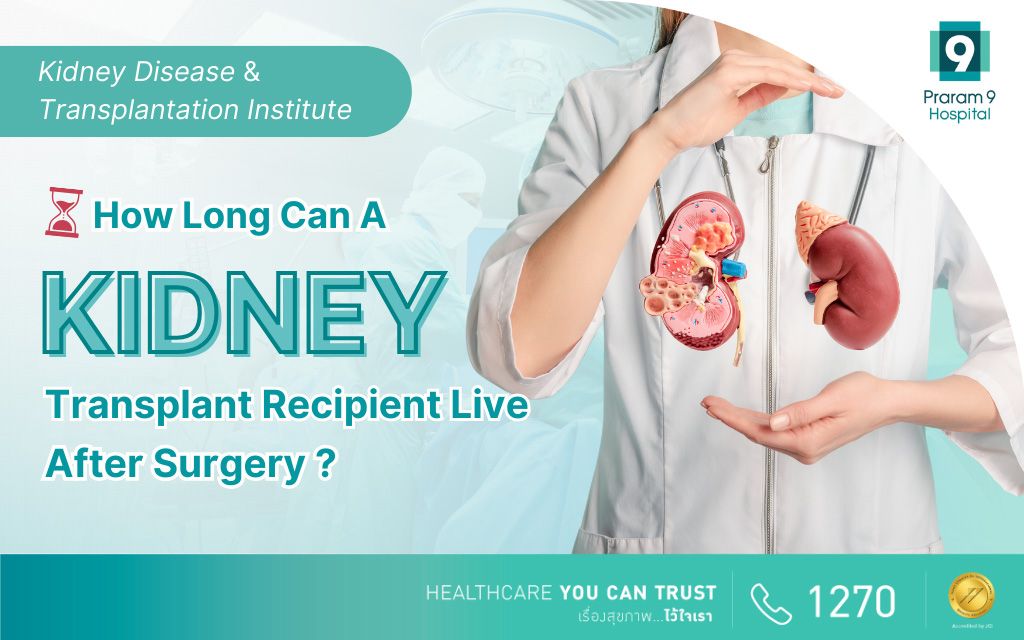Health Articles
Knowledge
Atrial Fibrillation or AF or A-Fib

It is a type of arrhythmia that can be commonly found in about 1-2 percent of normal people. The chance of having this condition will increase according to age. It can be found in people aged 80-90 years old up to 5-15 percent. Moreover, it can be related with other types of heart disease. Atrial fibrillation can be found in people with other heart diseases, such as pericarditis, cardiomyopathy, regurgitation or stenosis of heart valve, and congenital heart disease.
What is atrial fibrillation?
Atrial fibrillation is a condition when there is sparse stimulation of the atrium, which can affect the atrium systole. The heart will beat fast and irregular. The complication of atrial fibrillation is that there is a reduction of blood pumping to the heart. If not receiving the proper treatment, it will eventually lead to a heart attack. The residual of blood in the atrium can cause a blood clot that can flow to obstruct the cerebral artery higher than in normal people by up to 5 times, which can lead to death.
Causes of atrial fibrillation
- Cardiovascular disease, such as regurgitation or stenosis of heart valve, cardiomyopathy, hypertension, acute ischemic heart disease, myocarditis, and pericarditis.
- Disease in other systems, such as hyperthyroidism, lung disease, emphysema, infection in the blood stream, post-surgery condition, cerebral hemorrhage, and stroke.
- Unknown cause
More than half of the patients with atrial fibrillation have no direct symptoms, but come to see the doctor because of complications, especially paralysis in various parts of the body. Others come to see the doctor with the following symptoms:
- Rapid or irregular heartbeat
- Fatigue and weakness
- Tired while exercising
- Reduction in the ability to exercise
- Pain or pressure in the chest
- Dizziness
- Difficulty breathing
- Loss of consciousness














